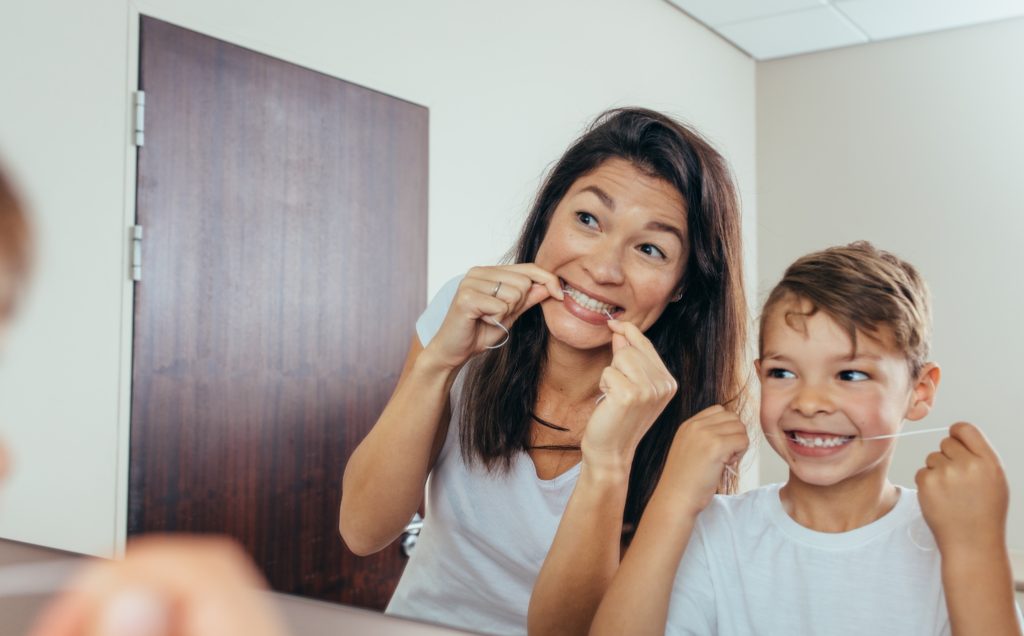Finding which dentist Newport Beach has to offer is right for you and going to your checkup is only half the battle. If you’re like most Americans, odds are that you’re not flossing enough with the right technique.
Why Floss?
Brushing your teeth is very important, but it can’t reach between your teeth or below the gumline. That’s where flossing comes in. Regular flossing with good technique can remove “biofilm”, a thick collection of the bacteria between your teeth that can cause gum disease and tooth infections. Over time, buildup of bacteria can cause tender, bleeding gums, gingivitis, and even put you at risk of tooth loss.
Use Proper Technique
You can always ask your dental hygienist for a flossing demonstration, but correct flossing technique isn’t difficult to learn. Here are some tips:
- use about 18 inches of floss
- wrap one end around the middle finger of one hand, and the other around your other middle finger
- using your thumbs and forefingers, grasp the floss and gently move it between each pair of teeth with a back-and-forth motion, then between the same teeth with an up-and-down motion
- move to a fresh section of floss and do the next pair of teeth
- don’t forget the back teeth
Remember, the idea is to disrupt the bacterial colonies, so floss even if you don’t see obvious debris on the floss. Bacteria, after all, are microscopic, but their effects sure aren’t!
Use Great Tools
Floss comes with all sorts of flavors and features. Not a fan of waxed floss? You might prefer flat, ribbon-like floss that’s designed to get between tight tooth junctions. There are also plastic “flossers” that can help with reaching your back teeth, “floss picks” or interdental cleaners that can help if you have braces or spacers, and many other resources. Don’t let a lack of dexterity or difficulty reaching prevent you from maintaining optimum oral health.
Finally, if you start flossing after a long time avoiding it, don’t be surprised if your gums are a little tender or even bleed. The presence of bacteria makes gums sensitive. After two to three days, the bleeding and tenderness should improve. If not, give us a call, and we’ll be glad to work with you to find a solution. We want your beautiful teeth to last a lifetime–pain free and looking great.
Sources:
Is Flossing Your Teeth Really Important? – www.firstchoicedental.com
Still Not Flossing? – www.webmd.com.
